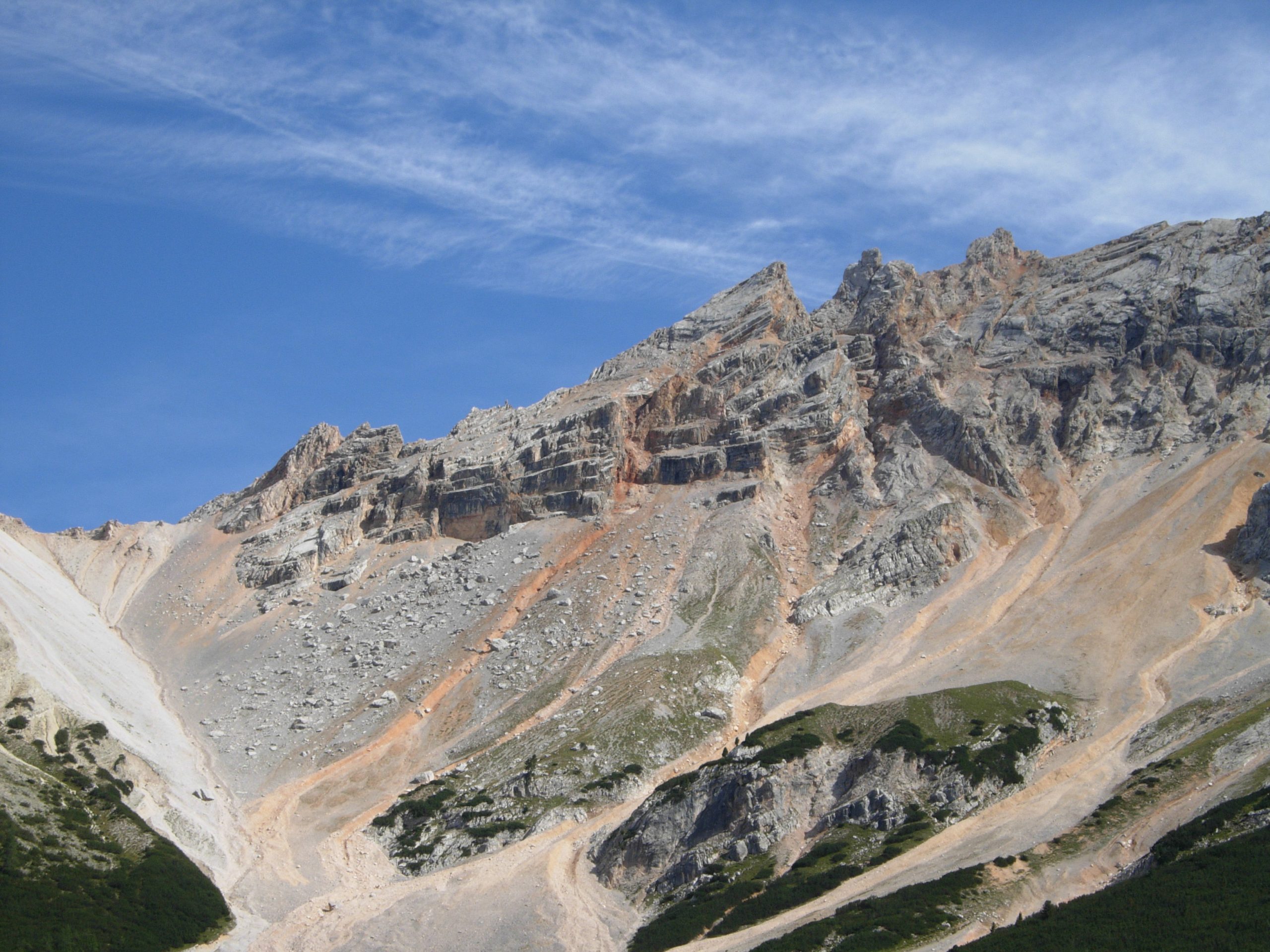
© Nikki Baggaley
 The International Year of Soils finished with World Soils Day on the 5th December, so as a soil scientist I jumped at the opportunity to write about something that is more than just mud. Through studying soils, I have learned not just to think of the surface layer beneath my feet. I think about what’s going on deeper than that, and the wonderful variety of colours and changing properties as you go down.
The International Year of Soils finished with World Soils Day on the 5th December, so as a soil scientist I jumped at the opportunity to write about something that is more than just mud. Through studying soils, I have learned not just to think of the surface layer beneath my feet. I think about what’s going on deeper than that, and the wonderful variety of colours and changing properties as you go down.
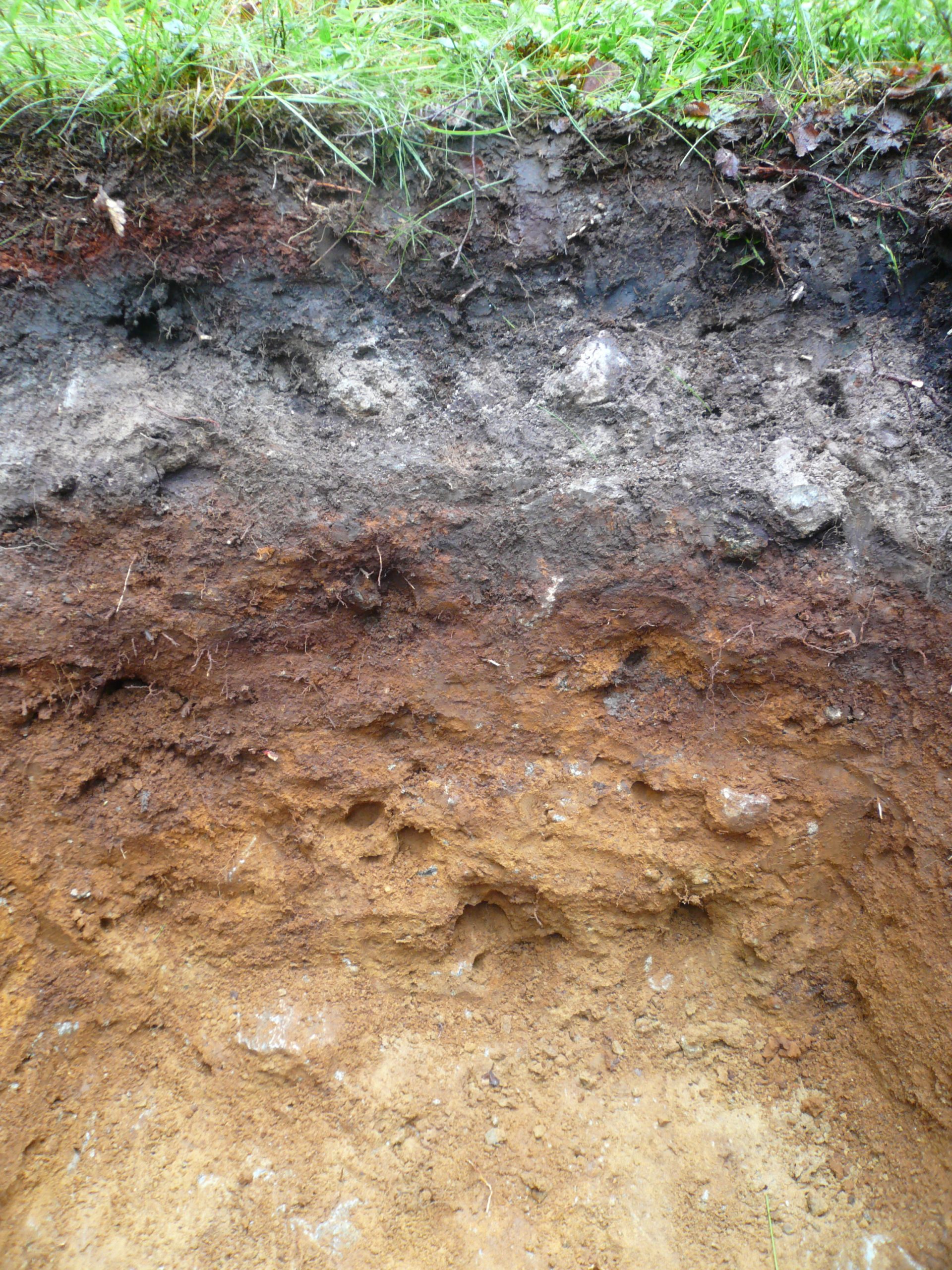
© Andrew Nolan
If you have ever walked up a mountain maybe you have seen an eroded footpath showing dark organic layers, or noticed the white leached layers below which the reds and oranges of iron oxide accumulation can be seen. I think of peat soils not just as soils where you can lose your wellies, but that can also be meters thick storing carbon and providing a distinctive taste to some of Scotland’s famous whiskies. I think of brown, free-draining soils that are perfect for growing cereals and potatoes, and much wetter gleys that have blue/green tinges due to their intermittent water logging – and that under careful cultivation can provide us with good pasture land.
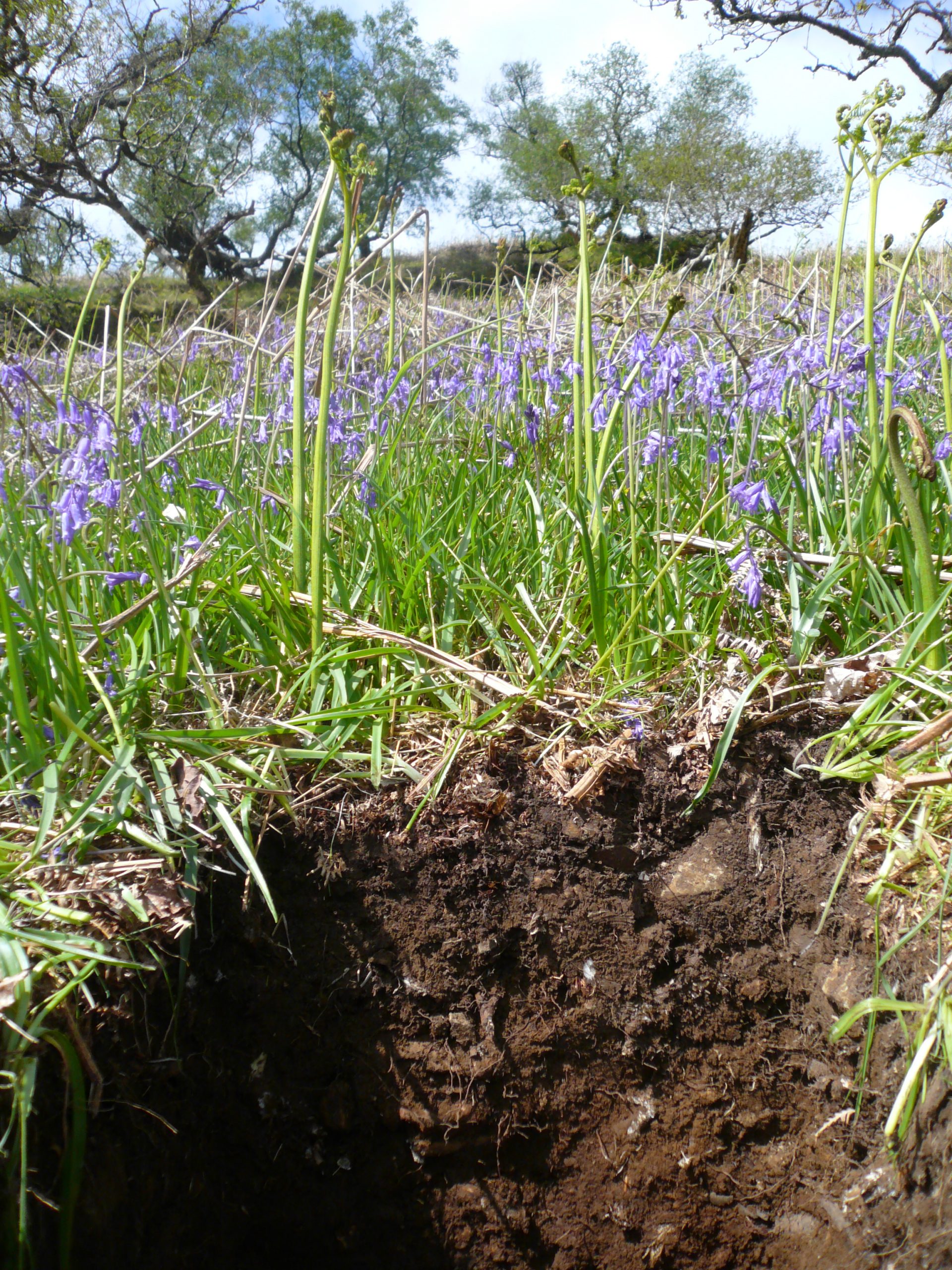
©Andrew Nolan
Soils are not just mineral particles of sand, silt and clay, but they also contain an immense diversity of life. Remarkably, soils host one quarter of the planet’s biodiversity. A little known fact that soil scientists like to quote is that there are more microbes in a teaspoon of soil than there are people on earth. I have to admit I am not a soil biologist, but when I talk to colleagues who are I am often blown away by the microscopic creatures that live in soils, and the fungi, bacteria and other organisms that make a soil a living, breathing entity.
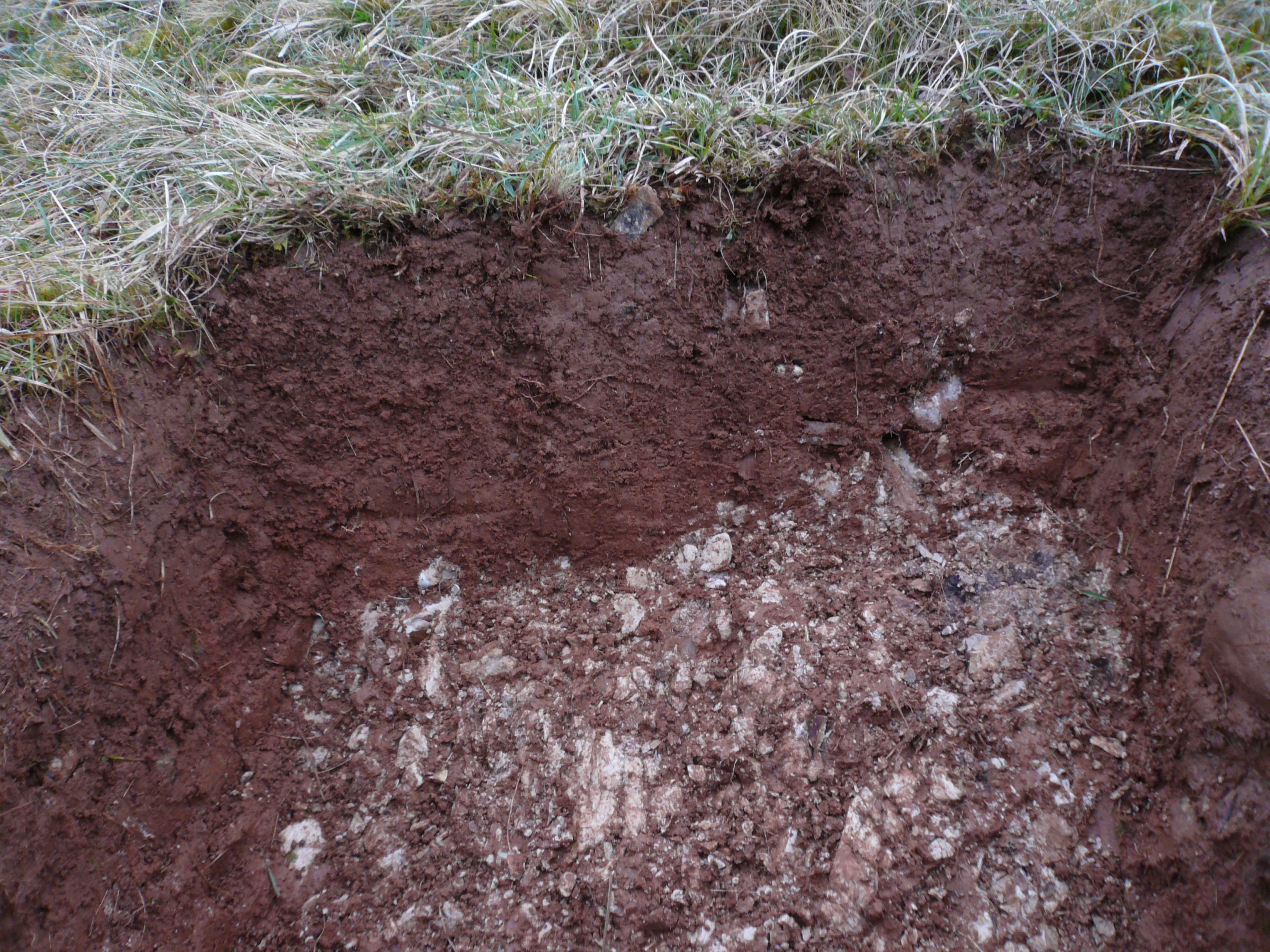
©Andrew Nolan
Part of my job is to think about how priceless and irreplaceable soils are, and about how we can protect and use them responsibly for the functions they give us. Without healthy soils we wouldn’t have food or clean water. Damaging our soils and losing the carbon in them can be a contributor to climate change. I see soils as something that we have a huge responsibility to safeguard for generations to come.
I hope that next time you take a walk, get your wellies stuck in peat, see cows and sheep grazing, or enjoy your bread and potatoes, you will think about the soil under your feet and will consider it as a living, breathing part of our world that we could do well to look after. After all, its not just mud!
From a personal perspective, I can look back on an amazing holiday trekking 150 km through the Dolomites. I remember looking up and seeing spectacular geological formations and soil-forming processes in action. My friend, a biologist, encouraged me look at the detail: flowers in rock crevices that seemed inhospitable, fungi, butterflies and bees. I began to see God not just as an all-powerful creator, but also as someone who is interested in the detail. I realised again the privilege of being a Christian working in science and having the opportunity to gain a better understanding of the world God has created – and learn more about His character through what He has revealed in creation.
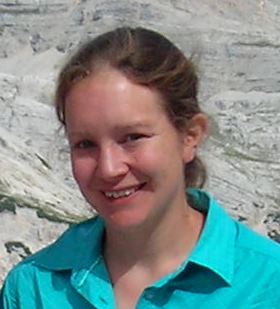 Dr Nikki Baggaley is a soil scientist based at the James Hutton Institute, Aberdeen. She originally studied Geophysics at Edinburgh University, before doing a PhD in soil science at Cranfield University. Her research interests are around the mapping of soils, in particular soil hydrology and its linkages to water quality and quantity. Nikki is an active member of Aberdeen Christian Fellowship, enjoys playing touch rugby and loves walking in the mountains whenever she can.
Dr Nikki Baggaley is a soil scientist based at the James Hutton Institute, Aberdeen. She originally studied Geophysics at Edinburgh University, before doing a PhD in soil science at Cranfield University. Her research interests are around the mapping of soils, in particular soil hydrology and its linkages to water quality and quantity. Nikki is an active member of Aberdeen Christian Fellowship, enjoys playing touch rugby and loves walking in the mountains whenever she can.




